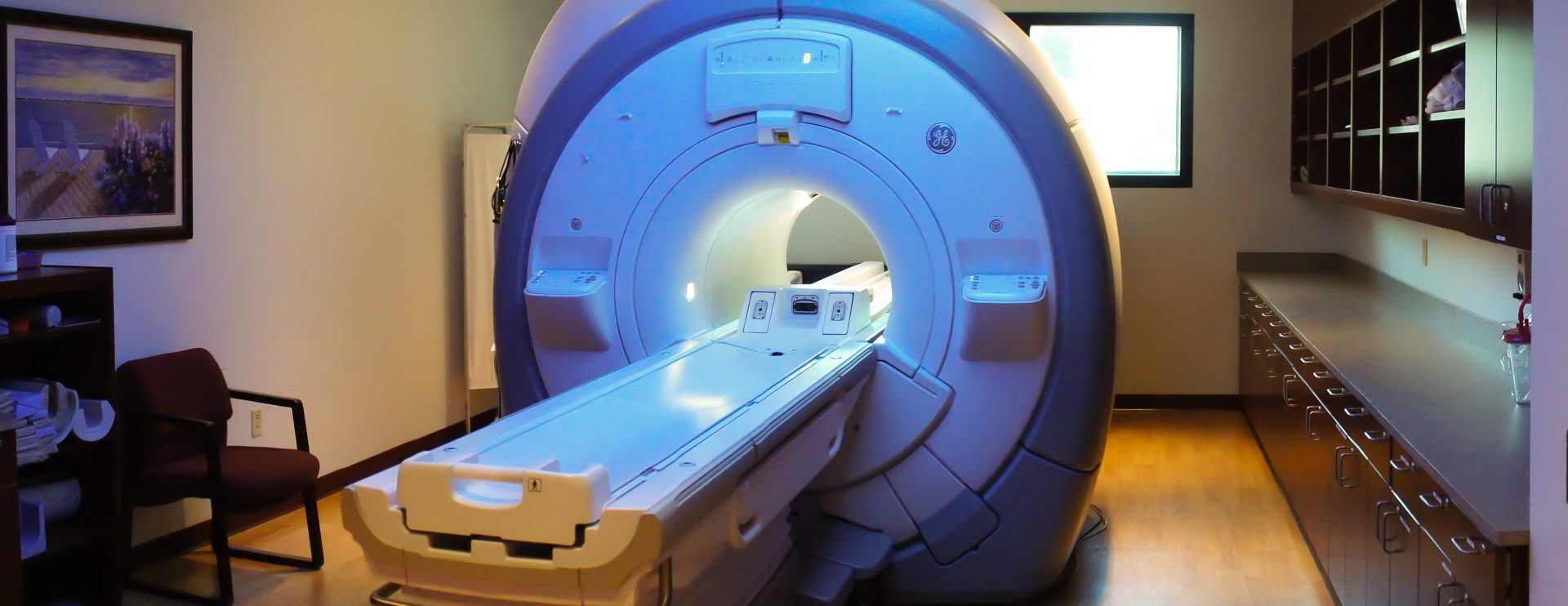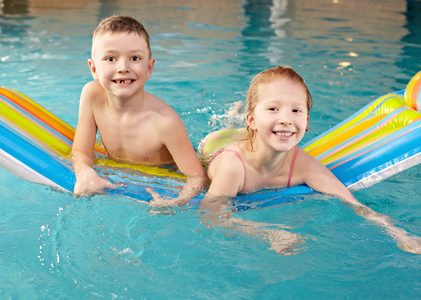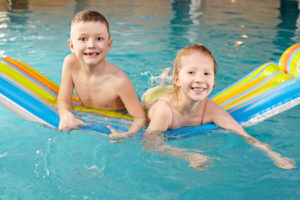Many people suffer from arthritis, and while we typically think of the older generation when we discuss arthritis, this painful disease can affect people of all ages. July is Juvenile Arthritis Awareness Month, which aims to raise awareness to the fact that arthritis affects nearly 300,000 children in the United States. This blog post discusses what juvenile arthritis is, the different types of arthritis, and how swimming is therapy for all types of arthritis.
Juvenile Arthritis (JA) refers to many different conditions that are inflammatory, autoimmune or rheumatic disease conditions that develop in children under the age of 16. There are various types of conditions with similar painful and debilitating symptoms including pain, joint swelling, warmth and redness. Symptoms typically affect the musculoskeletal system, although JA can also affect the eyes, skin and gastrointestinal tract of individuals.
Various Types of Juvenile Arthritis
Juvenile Idiopathic Arthritis (JIA) – JIA is considered to be the most common type of arthritis, and includes six sub-types: polyarthritis, oligoarthritis, enthesitis-related, juvenile psoriatic arthritis, systematic or an undifferentiated type of arthritis.
Juvenile Lupus – Lupus is an autoimmune disease affecting the joints, kidneys, blood, skin and other areas of the body.
Juvenile Deformatomyositis – This inflammatory disease causes weakness in the muscles and a skin rash on the knuckles and eyelids.
Juvenile Scleroderma – This condition causes the skin to harden and tighten.
Kawasaki Disease – This is a disease that causes inflammation in the blood vessels, leading to complications with the heart.
Fibromyalgia – This disease is more common in girls, and usually not diagnosed prior to puberty. Fibromyalgia is a chronic pain condition with arthritic like pain that can cause fatigue, stiffness and aching.
Mixed Connective Tissue Disease – This disease is associated with a particular antibody known as anti-RNP, and includes symptoms of arthritis, lupus, dermatomyositis or scleroderma.
Treatment for Juvenile Arthritis
While there is no known cure for JA, early diagnosis and aggressive treatments can aid in relieving symptoms, and even contribute to remission of the disease. One effective treatment method for all types of arthritis is low-impact swimming.
Swimming is Therapy for all Types of Arthritis
Swimming is one of the best things that you can do for arthritis therapy, giving your body the needed aerobic and cardiovascular exercise without putting painful pressure on your joints. Since the buoyancy of water offsets gravity, you do not feel the pain in your joints that high-intensity land exercises can cause. Even low-intensity land exercises such as walking can be painful for people suffering with arthritis.
Swimming is Doctor Recommended Arthritis Therapy
Swimming is often recommended by doctors to people with arthritis as effective exercise therapy, providing low-impact exercises to help keep joints flexible and alleviate pain. Hydrotherapy in the water is a very important part of a treatment plan, contributing to lessened symptoms and sometimes a full remission of this painful condition.
Walking and Jogging in the Water for Increased Flexibility
For those suffering with painful joint conditions just taking a walk can be a challenge. You don’t have to swim laps and wear yourself out to reap the benefits of hydrotherapy. Just walking in the water can provide effective water therapy, as the resistance of water is 12 times that of walking on land in the air. Jogging in place in the water is also a great way to warm up your joints and get your heart rate up, without straining your joints.
Modify Your Water Workout
Modifying your water workout with noodles, floats or kickboards is a good way to add some variety to your water therapy and gain the most benefits from exercising in the pool. If you get tired out from walking or jogging in place, you can kick around the pool on a kickboard or a float to change it up, kicking your legs and circling your ankles in the water to improve flexibility. As long as you’re moving in the water, you will gain some benefit from water exercises.
Take the time to learn what works for you and modify your workout to target the muscles and joints most benefitting from flexibility exercises.
Add Weight Bearing Exercise
While swimming is highly recommended for arthritis sufferers, water exercises do not provide any weight bearing activity. According to “Arthritis Today”, weight bearing exercises are necessary for bone health and help to reduce the risk of osteoporosis, which is a condition affecting mostly older people and especially women. Adding weights to your water workout routine is a great way to maximize the benefits of exercising in the water.
Learn more about Juvenile Arthritis, and things you can do to help at the Juvenile Arthritis & The Arthritis Foundation.
Your friends at The Greater Waterbury Imaging Center care about your health and remind you to talk to your doctor about any lingering symptoms. If you are dealing with the pain of arthritis, remember the benefits of swimming and water exercises, and work with your doctor to develop an effective hydrotherapy routine for lessened symptoms and improved flexibility.



